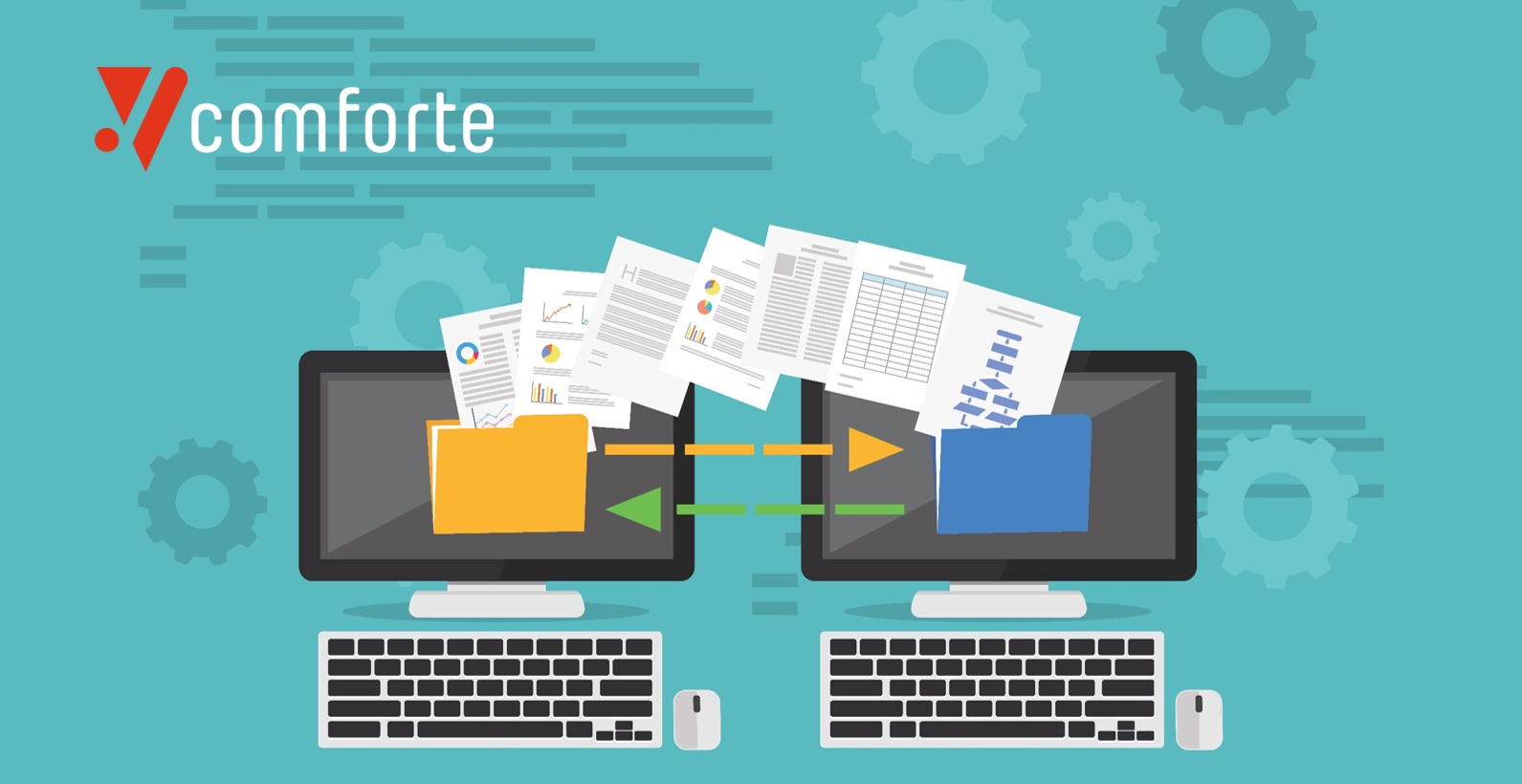It’s difficult to think of a business that doesn’t produce data. And it’s even harder to imagine one that wouldn’t benefit from being able to analyze that data intelligently, to improve and accelerate decision making. In fact, experts claim data-driven decision making will help leaders make more confident decisions, realize important cost savings and create a more proactive organization. It is cloud-based analytics platforms that hold the key to achieving these ambitious goals. But as we’ve discussed in previous parts of this blog series, privacy and security risk is a major concern with such projects.
So how can organizations leverage the undoubted benefits of cloud analytics whilst managing risk to acceptable levels? The answer is intelligent, adaptable data-centric security.
Getting to know the data landscape
You can’t protect what you can’t see. That means gaining visibility into and understanding your data is the first step to securing it. It’s critical to know where that data is coming from, where it’s stored, how it is used, who is using it and how sensitive it is. Only once these questions are answered can that data be secured and moved into a centralized cloud store.
The challenge is that most IT environments were not designed from the ground up with a clear strategic plan in mind. They are the product of years of gradual expansion and technology acquisition. IT teams will most likely be managing multiple databases, applications and services across constantly changing infrastructure. Complexity is the key word here. And it’s virtually impossible to manage complexity with manual processes. The result is that most data teams will not have a complete understanding of their data and risk landscape.
Shining a light
Corporate teams looking to drive cloud-based analytics projects must therefore take major steps towards improving their visibility into the current data landscape. These can be broken down into three areas for action:
- Understand data lineage and flows across the IT environment – which will enable teams to identify risk and apply the appropriate protection methods.
- Continuously detect sensitive data elements which may have slipped through existing security and protection controls. This will help to support continuous compliance and data protection in the data warehouse.
- Prioritize and identify data elements that must be protected – in order to drive advanced and continuously updated data security and governance.
Time for change
Data-centric security solutions can help organizations keen to start this journey, by applying industry leading protection without compromising data utility. However, not all solutions are created equal. Organizations need specific capabilities to achieve the goals listed above. These are:
- Continuous discovery of sensitive data and advanced data lineage discovery.
- Dedicated, smart data warehouse scanning capabilities.
- Automated, AI-powered data discovery to enhance operational efficiency.
Comforte offers all of the above through its industry-leading Data Security Platform. It delivers automated data discovery, mapping and classification on a continuous basis via an agentless platform. This eliminates manual toil for IT and data teams while ensuring no stone is left unturned. Everything that needs to be protected stays protected. And once it is, you can start leveraging data-driven analytics for competitive advantage.






